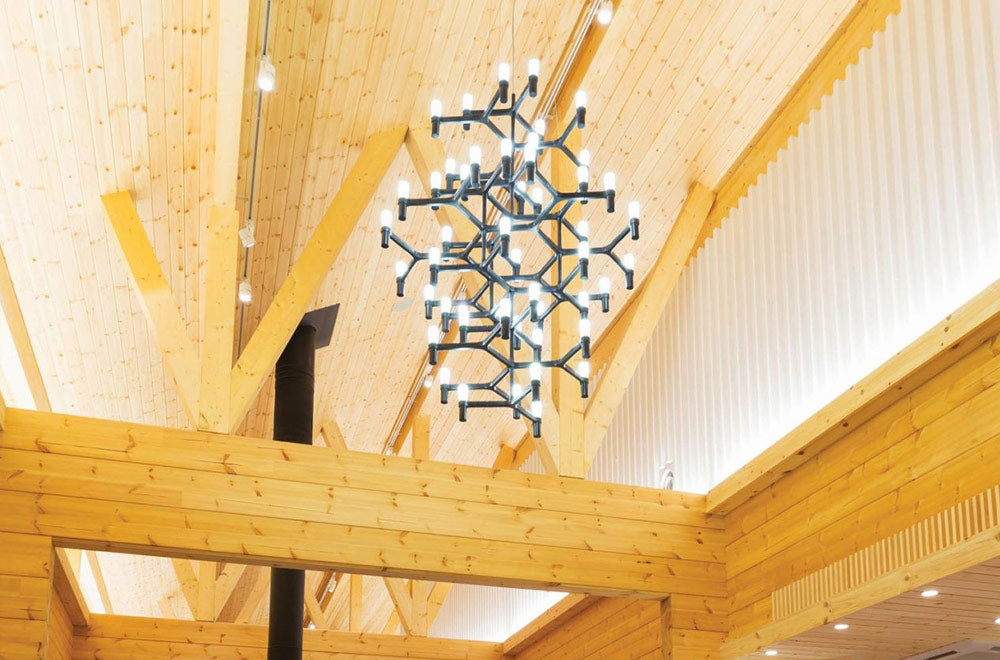Born from an existing system to illuminate large windows, the first wall lamp conceived by Le Corbusier for his purist architectures: Villa La Roche and Pavillon de l’Esprit Nouveau. Matt grey metal, LED lighting source with a glass diffuser shaped on the original incandescent bulb. Nemo produced it, bringing it back to its original proportions, lightness and function, dimmable TRIAC.
Charles-Edouard Jeanneret, known as Le Corbusier, was born at La Chaux-de-Fonds, in the Swiss Jura, in 1887; he died in France, at Cap Martin, on the French Côte d’Azur, in 1965.
Early in his career his work met with some resistance owing to its alleged «revolutionary» nature and the radical look it acquired from its «purist» experiments; in time , however, it won the recognition it deserved and it is still widely admired. His message is still being assimilated by an ever increasing number of people in the profession, but his far-out avant-garde attitudes should be interpreted with due consideration for the use of rational systems in his planning method, evidenced by extremely simple modules and formes based on the functional logic.
«Functionalism tending not so much to an exaltation of the mechanical function at the expense of the symbolic, as to the rejection of symbol that he now considers outmoded and insignificant and the restoration of the pratical function as a symbol of new values»(¹)
In his activities as town-planner, architect and designer, his method of research continued to develop, at times going to the opposite extremes of a rich plastic idiom.


























